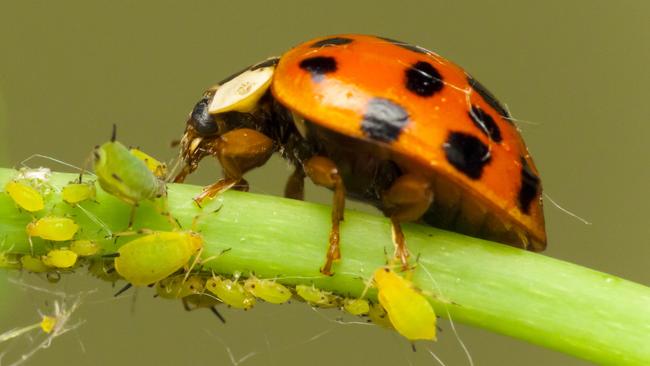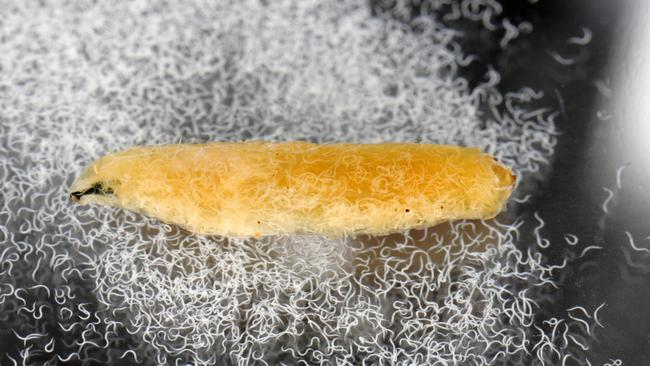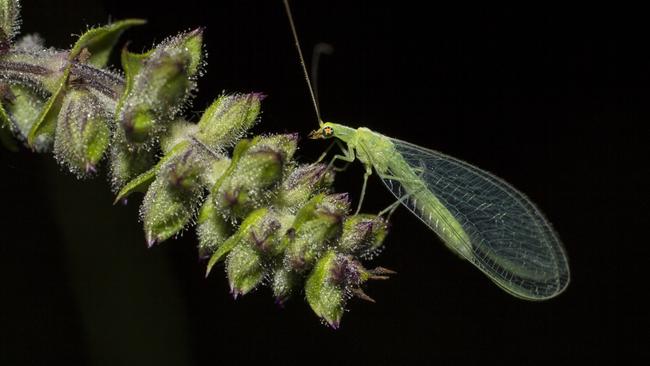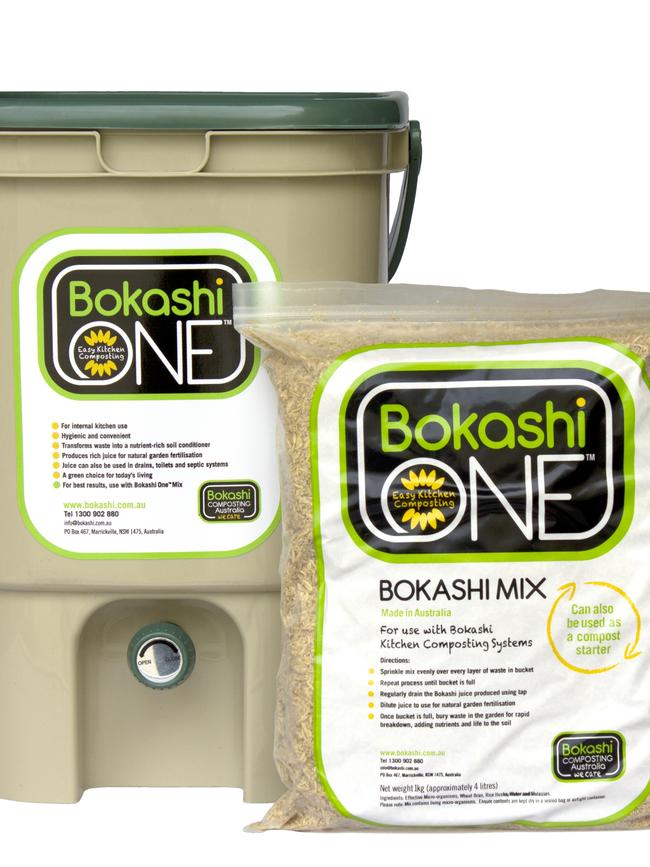It’s a bug’s life
A short guide to waging biological warfare in your garden, from beneficial nematodes to ladybugs, lacewings and more.

The invisible hunters close in by tracking carbon dioxide in their prey’s breath. They enter through body openings, release deadly bacteria then multiply rapidly inside the victim while feeding on its liquefying body. Eventually the victim ruptures to release up to 100,000 times the number of original invaders. Horror film? No – just your average bug-eat-bug story. This is the work of beneficial, insect-eating organisms called entomopathogenic nematodes (EN), the second most widely used biological pest control worldwide.
Biological controls use natural means, including insects, fungi and bacteria, to kill pests. The approach is organic, sustainable and avoids killing good bugs indiscriminately with the bad. In agriculture it has proven to be cost-effective and avoids pests developing resistance to chemicals. Although most mass-reared beneficial insects are aimed at commercial operations, some are ideal for home gardens.

Good bugs can be predators or parasites (more correctly, parasitoids). Predators include lacewings, which love eating aphids; Cryptolaemus ladybird larvae that eat mealybugs and soft scales; and persimilis that devour two-spotted mites. Parasitoids include tiny wasps, tachinid flies and nematodes that target various caterpillars, beetle larvae, whiteflies and millipedes.
Nematodes are roundworms, unrelated to earthworms; most are microscopic. Some are pests, but the beneficial ones target curl grubs, black vine weevil, lawn armyworm, cutworms, fungus gnats and fleas.
Craig Wilson of EcoGrow, an Australian firm that produces ENs, says: “ENs have no toxicity to humans, other animals, aquatic life or earthworms, and have no effect on plants or turf grasses – yet they’re more effective than most chemicals.”

ENs are applied in solution, using a sprayer or watering can, at dusk due to their sensitivity to UV light. Microscopic nematodes don’t travel far in the soil, Wilson says, so it’s important to apply them evenly. They need moist, warm soil (above 12C). For people with curl grubs eating the roots of their pot plants, vegies or lawns, he advises an early autumn application of ENs. He has seen a spike in orders from home gardeners that he attributes to more people having time to garden since the pandemic, and increasing environmental awareness.
Learning to tell the difference between good bugs and pests is an invaluable skill. Denis Crawford’s book Garden Pests, Diseases and Good Bugs is a fantastic guide.
Where to buy
goodbugs.org.au
bugsforbugs.com.au
bugcentral.com.au
ecogrow.com.au
goodbugshop.com.au
Q&A
Does adding compost etc to sandy soil turn it into rich soil, or just change the ratio of sand?
George, Perth
Good soil has a mix of sand, clay and loam particles; sandy soil holds neither water nor nutrients. Changing it takes years of constant improving, adding a variety of materials. Sand Remedy (bentonite clay and minerals) and Soil Saver (kaolin clay and rock dust) effectively add the missing clay particles. Organic matter must be constantly replenished – this includes compost, manures, worm castings and soft mulches. Other soil improvers include vermiculite, perlite, biochar, rock dust, microbes and soil wetting agents.
When I plant broad beans in autumn they flower before the bees come. When I plant in spring, the bees seem to prefer other flowers. How can I get more beans? Philippa Street, Melbourne
The first flowers of broad beans often fail to set; water stress and sudden temperature changes also prevent setting. Flowers don’t produce viable pollen until it’s 17-18C, and plants stop flowering in warm weather. So the trick is to sow seeds – usually in autumn or early winter – so they flower at the optimum time.

Send your questions to: helenyoungtwig@gmail.com or Helen Young, PO Box 3098, Willoughby North, NSW 2068. Website: helenyoung.com.au. The best question for April wins a Bokashi One Starter Pack, worth $196, for hygienic composting in the kitchen, containing two buckets and 2kg of mix. bokashi.com.au




To join the conversation, please log in. Don't have an account? Register
Join the conversation, you are commenting as Logout